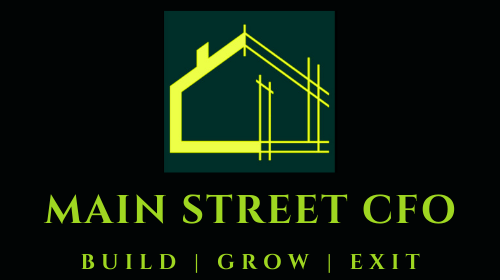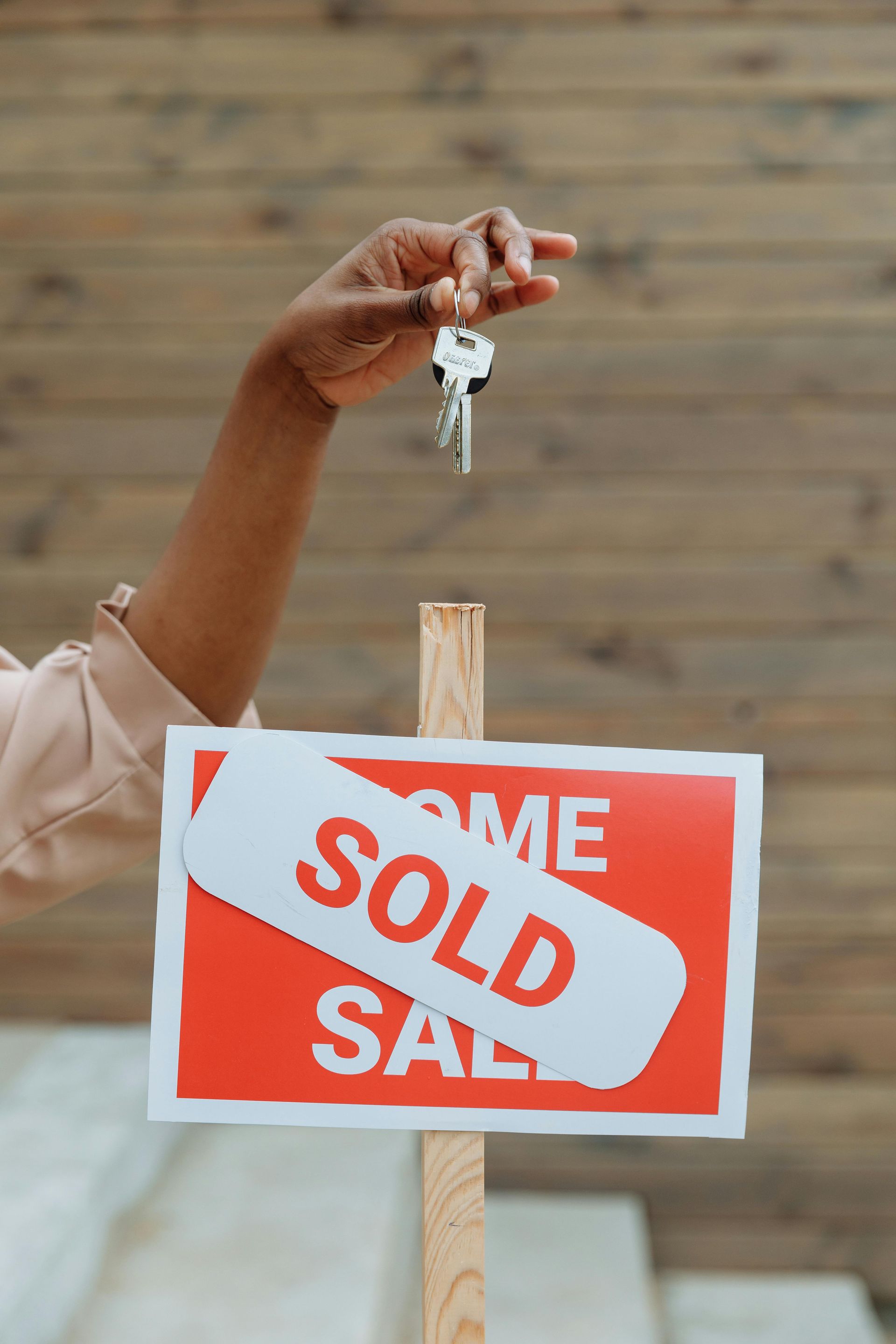Cost Segregation...
Cost Segregation...
Cost Segregation: A Great Strategy When?
One of the greatest tax benefits of owning rental property is depreciation. Depreciation is a “paper expense” because you don’t have to actually spend cash to claim it. Under normal circumstances, depreciation for real property is taken over 27.5 years for residential rentals and 39 years for commercial.
This is good, but let’s be honest, how often to ALL the components of a rental property actually last 27.5 or 39 years? Rarely, if ever. Don’t fret…there’s a way to carve out those components with shorter lives and place them into 5-, 7- and 15-year life buckets. This process is called “Cost Segregation”.
What Is Cost Segregation?
When you purchase a rental property, you ordinarily pay a single lump sum to the owner, but you are actually purchasing more than one asset. Real property consists of the structure itself, the land the building sits on, as well as any other surrounding land included with the purchase. It includes improvements that have been made to the land and the personal property inside the building that is not a building component (refrigerators, stoves, dishwashers, and carpeting).
Most property owners depreciate all these items together (excluding the land, which is not depreciable). Again, residential rental property is depreciated over 27.5 years, while commercial property has a 39-year depreciation period. Both use the straight-line depreciation method. But you have the option of depreciating each asset type (personal property and land improvements) separately in shorter life buckets. Cost Segregation is the process of segregating these components into those buckets, thus “accelerating” the depreciation for those specific asset types.
Personal property has a five or seven-year life, while land improvements are depreciated over 15 years.
The total depreciation deduction over the long haul is the same, but you’ll get it much earlier using these shorter depreciation periods for some of the cost of your property. And, generally speaking, a deduction today is worth more than one in the future.
But what if it could get even better?
Prior to the TCJA (Tax Cuts and Jobs Act), cost segregation merely allowed you to deduct personal property over five or seven years and land improvements over 15 years. But the Tax Cuts and Jobs Act (TCJA) supercharged the impact of a cost seg study by allowing property owners to deduct the full cost of such property in a single year. The impact was twofold.
First, during 2018 through 2022, Bonus Depreciation was 100% which meant the full cost of personal property and land improvements could be deducted in a single year. Second, starting in 2018, Section 179 for personal property in residential rental units became allowable.
The TCJA scheduled the 100 percent bonus depreciation break to begin phasing out after 2022. The bonus depreciation percentage started phasing out to 80 percent for 2023, 60 percent for 2024, 40 percent for 2025, and 20 percent for 2026.
There are discussions that 100% depreciation may be reinstated. If that happens, it alone can be used to deduct both personal property and land improvements. It also means that some may need to amend prior year returns for years where the phase out occurred.
Problems with Cost Segregation
Before you go ahead with cost segregation, you should be aware that this process has some potential drawbacks.
Your enhanced depreciation may not result in any extra tax savings because of the passive loss rules.
Also, you’ll have to pay back your enhanced deductions when you sell your property—a process called “recapture.” Both discussed below.
Please note: These are complex tax scenarios and you should consult with your tax advisor to see if either or both apply.
Passive loss rules. The first-year depreciation deductions that property owners may take using cost segregation can easily result in a loss for the year, but you’ll get no immediate benefit from such real estate losses if you can’t deduct it because of the passive loss rules.
Passive Activity Loss (PAL) rules prevent owners of real estate rentals from deducting losses in excess of their passive income. The rules apply to all rental activities and non-rental activities in which an owner does not materially participate. There are exceptions to these rules (real estate professionals, losses up to $25,000 incurred by property owners who actively participate in their rental activities, short term rentals, etc..) but these need to be done within the guidelines of IRS regulations and should be discussed with your tax advisor.
But this doesn’t necessarily mean you should forget about doing a cost segregation study. Passive losses you’re unable to deduct now are not “lost.” Instead, they become suspended and may be used in a future year where you have sufficient rental income (or other passive income) to offset them or in the year you sell the property.
Depreciation recapture. When you sell your property, you’ll have to recapture the depreciation you’ve previously taken (or could have taken, yes, you read that right).
One way to avoid the recapture problem is to do a tax-deferred like-kind exchange instead of a taxable sale. With a like-kind exchange, the basis of the old property is shifted to the new, with no depreciation recapture.
But as a result of the TCJA, starting in 2018, like-kind exchanges are allowed only for real property, not personal property. So, you could still have depreciation recapture on the gain of the personal property you’ve depreciated.
The IRS has issued detailed regulations on what constitutes real property for purposes of Section 1031 like-kind exchanges. Fortunately, the IRS adopted a broad definition of real property that includes most items identified in a cost segregation study that are affixed to a building. Such affixed personal property items are eligible for a like-kind exchange.
In addition, if the exchange involves non-affixed personal property (such as furniture), and the fair market value of the personal property is 15% or less of the aggregate fair market value of the replacement real property, the personal property does not trigger recapture—it’s simply part of the exchange. This is a big deal.
You don’t have to do use cost segregation the first year you own real property. You can wait until a future year—perhaps when you have enough rental or other passive income to make use of the speeded-up depreciation deductions.
You deduct the difference between what you originally claimed as deprecation on your property and what you could have claimed had you performed your cost segregation earlier in the year you do the study. In this situation, you generally must use IRS Form 3115 to request a change in accounting method.
Here are some takeaways from this article:
1. Residential rental property is depreciated over 27.5 years and non-residential real property over 39 years, providing a relatively small deduction each year. But property owners have the option of using cost segregation to separately identify, value, and depreciate the personal property and land improvements contained in their property.
2. Using cost segregation does not increase a property owner’s total depreciation deduction, it just accelerates the deduction to the first few years by carving out personal property/land improvements and placing them into five- or seven- or 15- year depreciation buckets. To make this even better, by using bonus depreciation owners can deduct and even larger portion of the cost of personal property and land improvements in the first year—providing a potentially enormous first-year deduction.
3. A Cost Seg Study won’t benefit everyone. In order to benefit from the potential losses it generates. Passive losses can only be used to offset other passive income. There are some strategies that can be utilized to alleviate some of these limitations so please speak to your tax advisor to find out if you can utilize them.
4. The best time to perform a cost segregation study is usually the same year that you buy, build, or remodel your real property. But the cost segregation can be done at any time. The year when you do the study is the year you deduct the faster depreciation, talk to your tax professional to ensure you’re following the steps to the letter.
As always, if you have any questions, please let us know...












